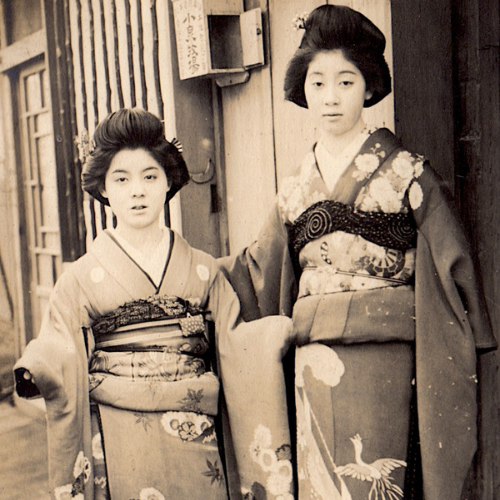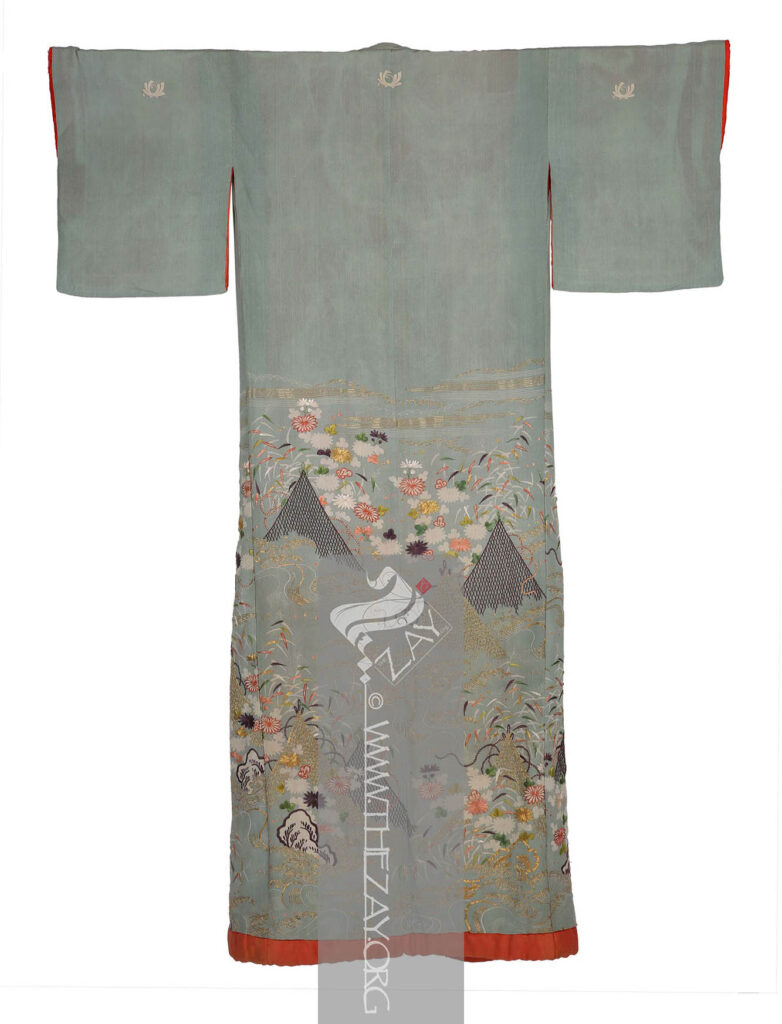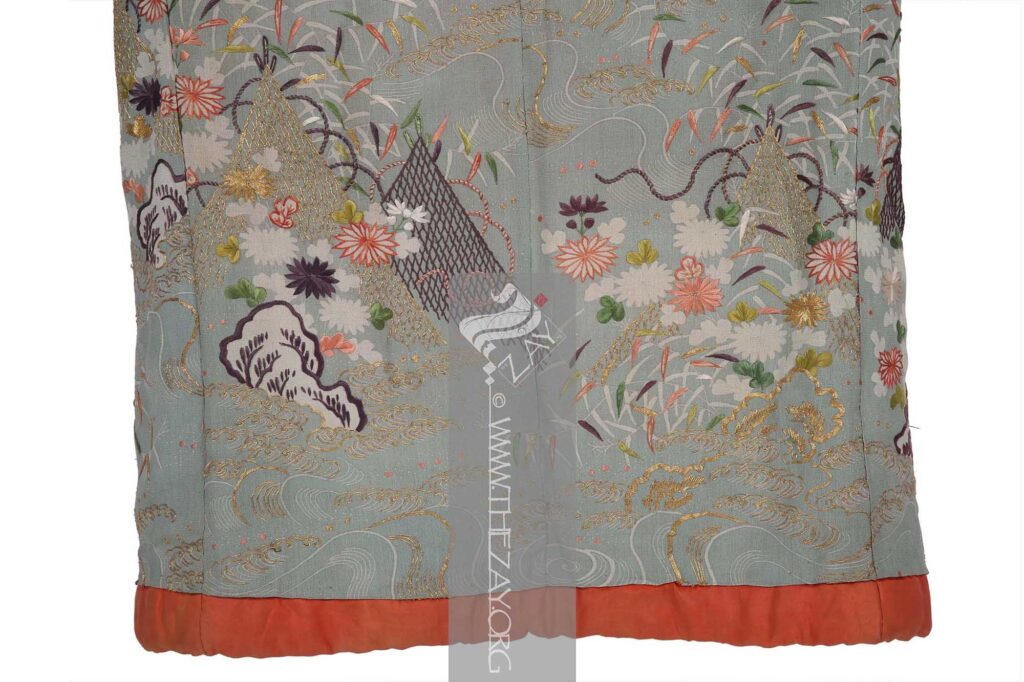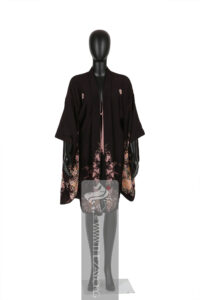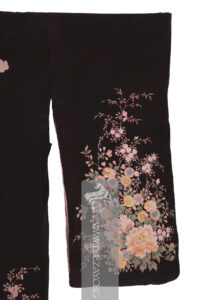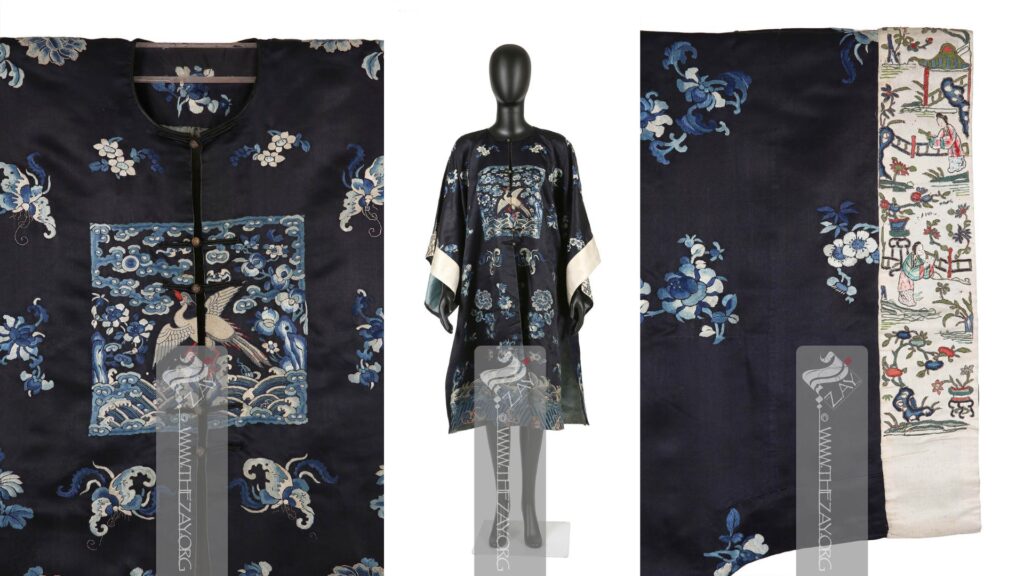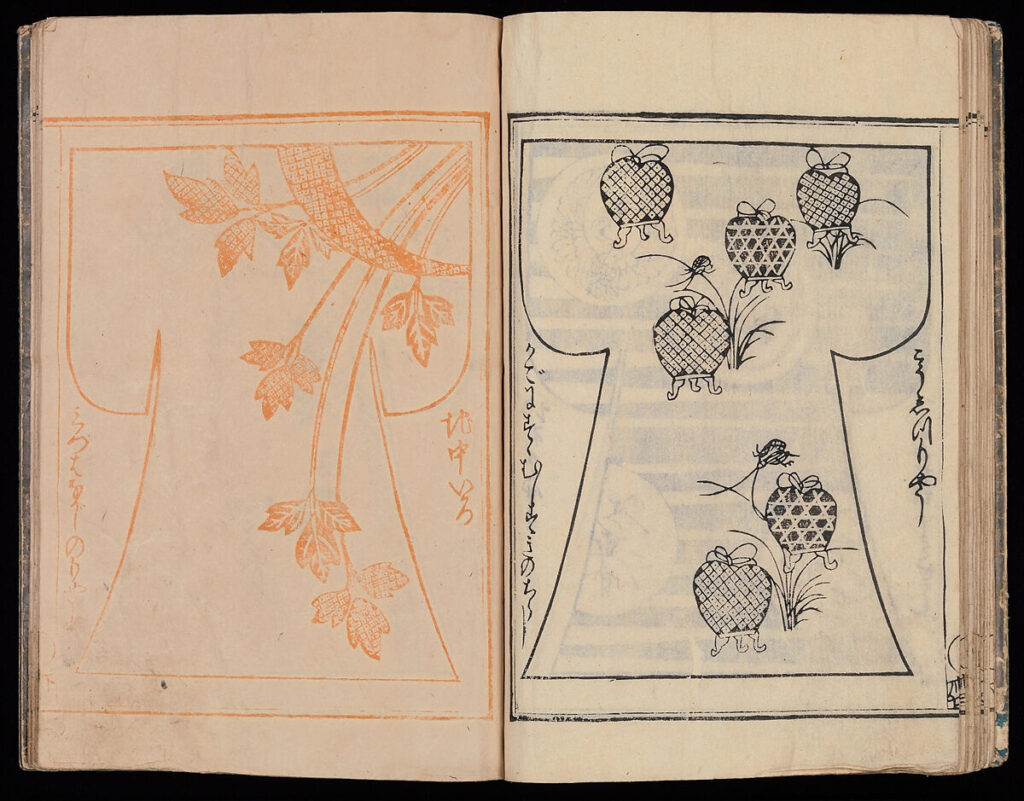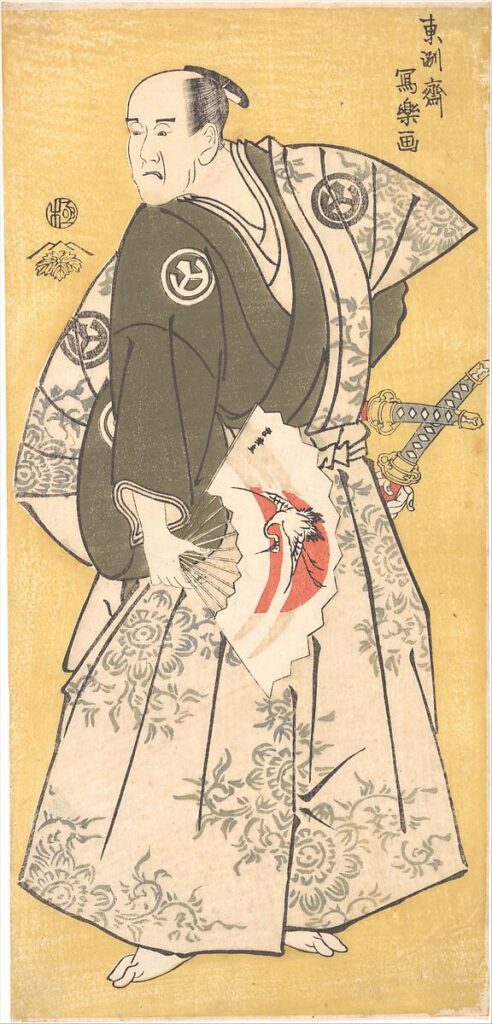Kosode
Kosode: (Japanese: small sleeve or opening), a traditional Japanese inner robe for both genders. Similar to a kimono but with a wider body, longer collars, and narrower and rounded sleeves, often stitched to the body, these under robes were lavishly decorated and were worn on top from late 16th century. Pattern Book (On-Hiinagata), vol. 2; One of a set of two woodblock-printed books; ink and color on paper; c. 1667, Japan; Credit: Gift of Betty and Paul Nomura, in memory of Nomura Shōjirō, 2018, Metropolitan Museum of Art; Acc. No: 2018.954.5b;
LINK




